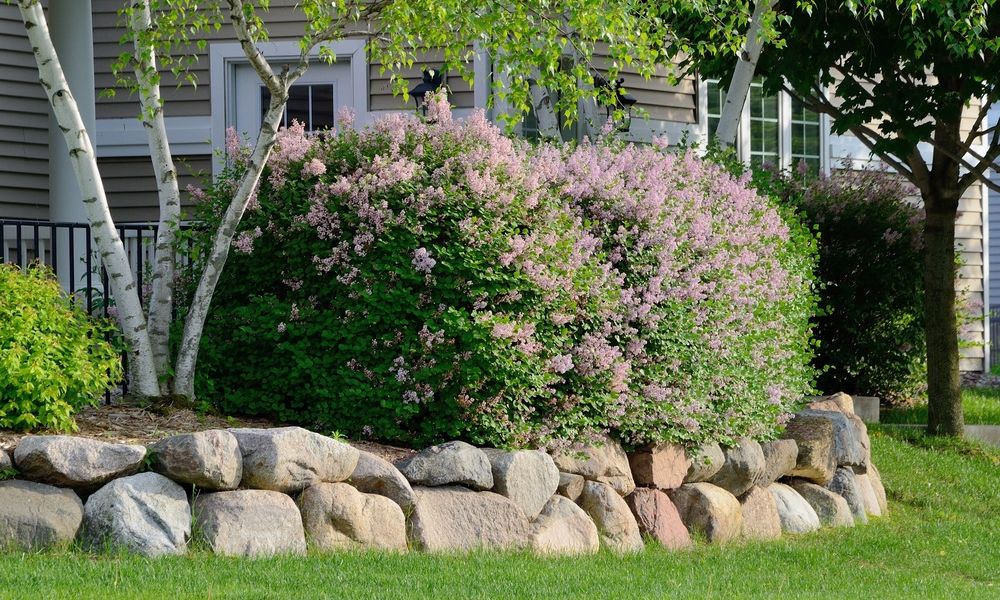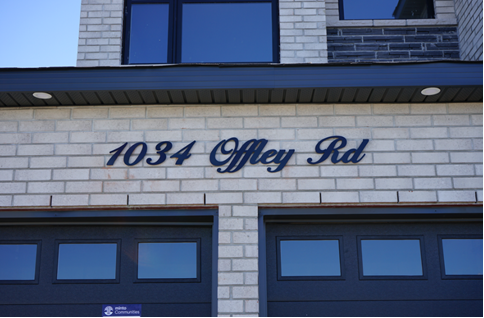Preparing the soil in the spring with plant fertilizer is the best way to ensure that you will be able to grow healthy vigorous plants throughout the coming growing season.
Whether you’re starting a new garden bed or gardening in an established bed, the preparation is the same. There are three factors that should be addressed before planting: the type of soil in your garden bed, the amount of nutrients it currently holds and the soil’s pH.
Evaluate the soil type. There are three basic problem types of soil: sandy, silty and clay. Sandy soil will feel a little gritty when you rub it between your hands. This type of soil will drain water quickly. Not only will you need to water more frequently, but it also means that the nutrients in this soil will also wash away. Clay soil feels greasy when you rub it between your hands. It will want to clump together. Water will not be able to easily penetrate this type of soil and will want to run off the surface. This soil turns hard when it dries. Just as water has difficulty penetrating clay soil, so do the roots of your plants. If the roots can’t grow into the soil, they also can’t absorb the nutrients necessary for good plant growth. Silty soil is likely to have the most nutrients of the three soil types, but it is dense and doesn’t drain well. This soil feels smoother than the others.
Most soils are varying degrees of one of these types and all three soils will benefit by adding lots of organic material. Sandy soil needs the addition of organic material to give structure to the soil and to absorb water and help hold it and nutrients in the soil. Clay soil needs organic material to break it up and space for air and water to be absorbed and held. Breaking up the clay will allow the roots of the plant to penetrate the soil and absorb the needed nutrients.
Perform a Soil Test. Now that you have determined what type of soil you have, the next crucial information you need is a soil test to determine the nutritional status of the soil. A soil test will tell you the Nitrogen-Phosphorus-Potassium (N-P-K) level in your soil. These are the main nutrients that plants need to grow. There are other nutrients that plants need but in much smaller amounts.
Nitrogen is needed for green leafy development of the plants. Additionally, nitrogen is used to produce chlorophyll. Low nitrogen will result in yellowing of leaves, stunted plant growth and stressed plants that will be susceptible to pests and disease.
Phosphorus is essential for root growth, the production of flowers and fruit, converting the sun’s energy into food, cell growth and disease resistance. Low phosphorus can result in distorted leaves, dead areas on leaves and stunted plants. Plants may succumb to stresses such as cold temperatures or lack of water.
Potassium is a regulatory nutrient necessary for the exchange of oxygen and carbon dioxide (plant breathing) as well as balancing the moisture content in the plants. Potassium is necessary for many of the chemical reactions that must occur during plant growth and development. A lack of potassium will result in yellowing or death of leaves, weak plant structure, stunted growth and low resistance to stress.
A soil test will show you exactly which nutrients your soil is lacking, if any. Over-fertilizing comes with its own set of problems, and by testing the soil, you will be able to have a focused remediation plan.
Determine the pH Level. This is a test of how acidic or alkaline your soil is. Most plants grow well in soil that is between 6.5 and 6.8. If your soil is significantly lower or higher than this range, your plants will have difficulty absorbing nutrients. pH is usually included in a soil test. There are pH meters available for home testing.
Once you have analyzed your soil as it currently is, you will be ready to start preparing your soil for spring planting.
Clean Up Your Garden. If you planted a cover crop last fall, mow with a mulching mower and dig the plant material into the soil. Remove any debris from last year’s garden, especially any diseased plant material. Remove any large stones or rocks that have surfaced during the winter.
Add Organic Material. This is when you amend the problem soil you have and add nutrients as well. If you have a serious problem soil, you will need to amend the soil as deeply as 12 or even 18 inches. The organic material needs to be incorporated into the soil to a depth that is equal to the root level of the plants you are growing. This is even more important if this bed is for perennials or shrubs that will remain in your garden indefinitely. This is your one chance.
Compost is the best organic material for your garden. It is rich in nutrients, as well as microbes and living organisms necessary for healthy soil. Hopefully, you have your own compost bin to get compost from. If not, you can purchase compost. Another advantage of compost is that it can be planted in immediately. It will not burn your plants.
Aged manure is another source of organic material. Do not use fresh manure, as most animal manures can burn your plants. Choose manure that has aged for a least a year before you add it to your garden.
Add Fertilizer. This is where your soil test is so useful. All plant fertilizer must be labeled with the amount of nitrogen, phosphorus and potassium it contains. These are the labels on the bag or bottle. 10-10-10 means it has equal amounts of all three. If your test showed that your soil is low on potassium, you should look for fertilizer that has a higher third number. Low nitrogen means you want a higher first number. By testing the soil, you know exactly what your soil needs.
The goal of every gardener is to have the best garden possible, and it starts with the soil you plant in.







